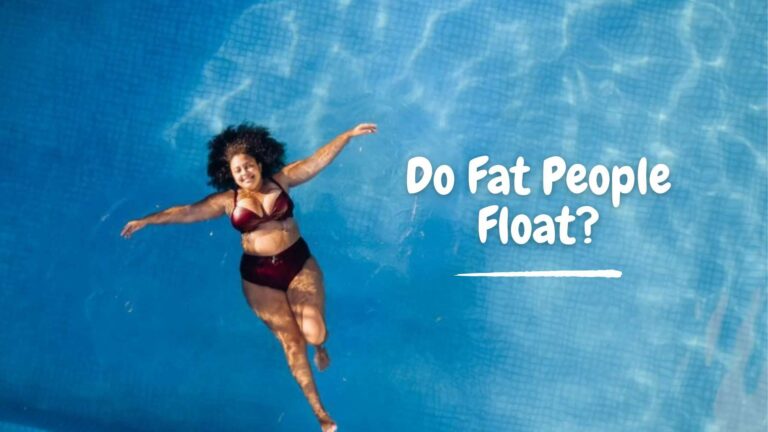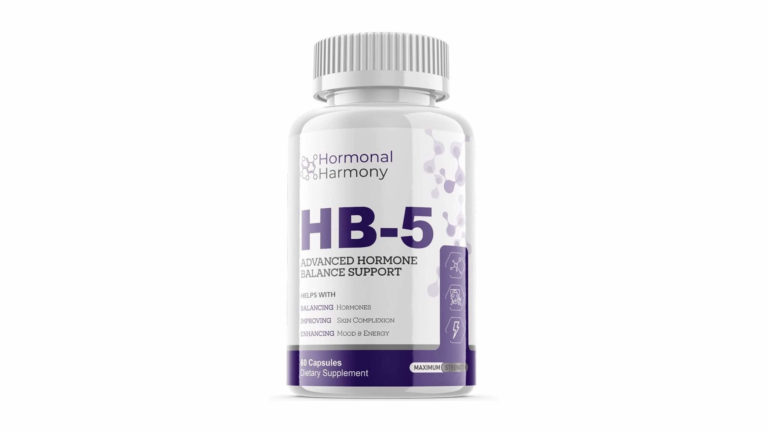Body Positivity Vs Body Neutrality: What Makes These Two Different?
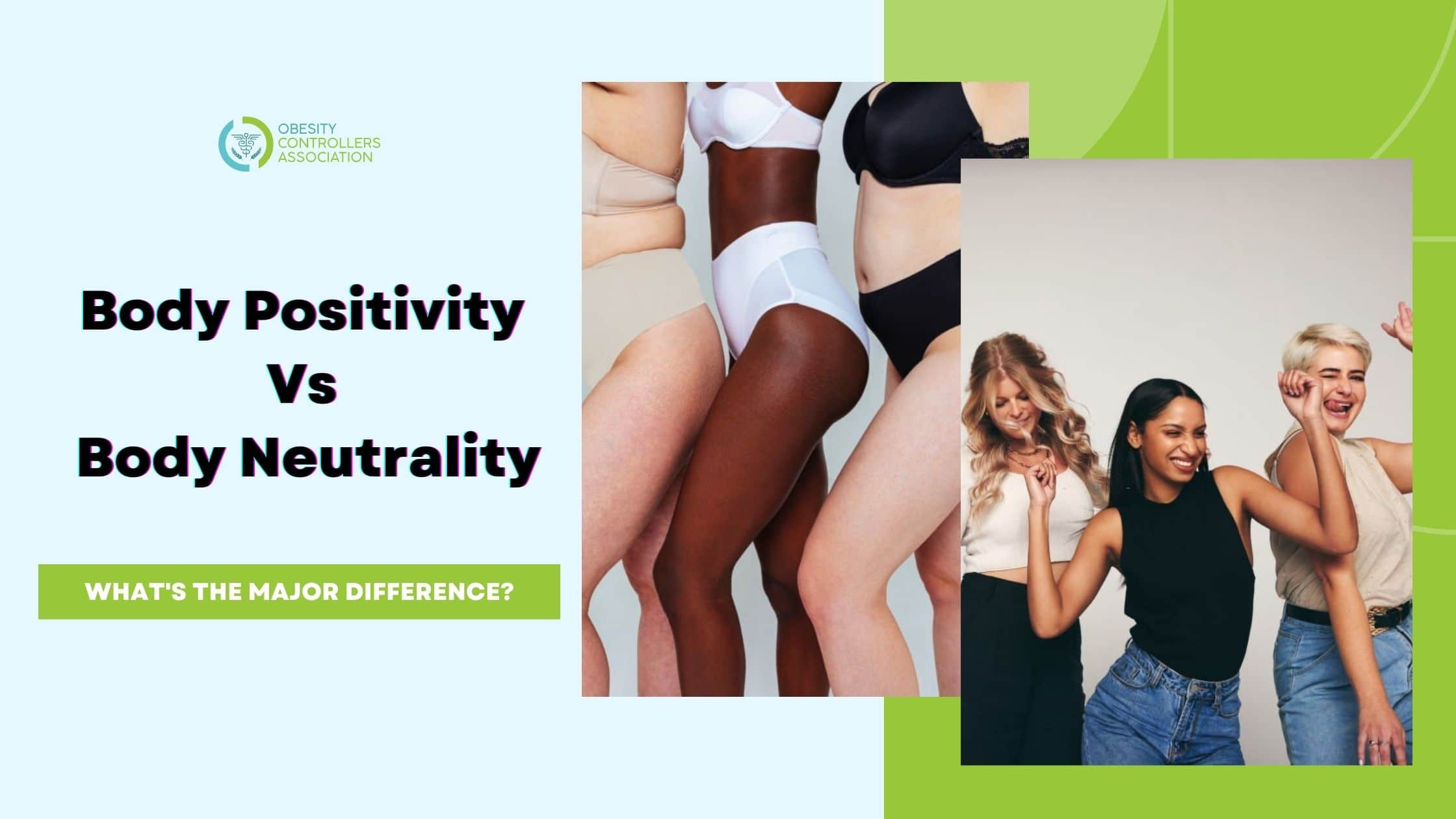
A glance through the Instagram feed can make you conscious regarding your body. Seeing the flawless appearance of the models in these media can make you question your worth and sow negative self-talk about your appearance.
Everyone seems perfect- zero size, skinny, and floating like a feather- effortlessly beautiful, right? But you also know that these are just social media gimmicks and you are simply the victim of it! How can you save yourself from this endless and vicious cycle of self-derangement?
Body positivity and body neutrality are terms that have gathered much attention recently. Now we can see many body-positive models who flaunt their imperfect yet perfect body as it is. Accepting your body as it is the key to happiness. And that is what body positivity and body neutrality teach you.
Yet, there is some sort of differences between the two terms. Jump into the article to find out the differences between body positivity and body neutrality!
What Is Body Positivity?
Body positivity is a movement that originated in the 1960s. It aims to accept every kind of body regardless of its shape, size, color, skin tone, physical abilities, and gender. One of the primary goals of the body positivity movement is to challenge how society views the body.
It aims to help people build confidence in their bodies and fight against unrealistic standards on the body. One of the strategies employed by body-positive advocates is to address the unnatural body standards set by the media and culture.
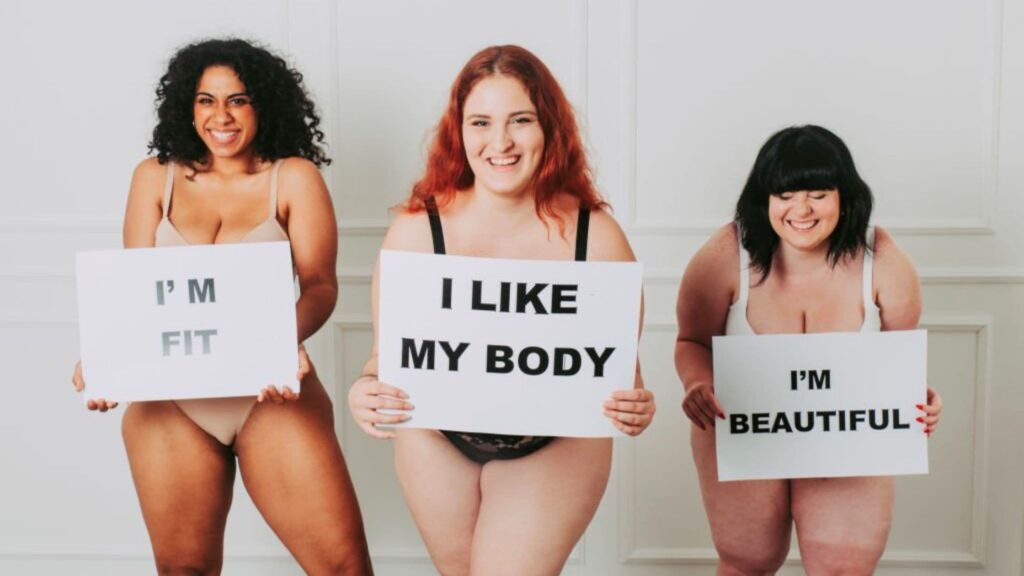
They call out these standards and provide awareness to people regarding how these messages can alter their relationship with themselves. The core belief of the body positivity movement is that beauty is a mere social construct and shouldn’t be taken as a measurement of self-worth.
The advocates of body positivity celebrate every body type and call all of them beautiful. So instead of just focusing on external appearance, body positivity advocates call for improving one’s health and functionality.
A short history of the Body Positivity Movement
The history of the body positivity movement dates back to the 1960s. It was then called the ‘Fat Acceptance Movement”. This movement was started in New York and urged for the normalization of fat bodies in social and cultural standards.
The major theme of this campaign was to change society, not the individuals. By the 1980s, the Fat Liberation Movement spread beyond New York and started having an impact in London. Even a term was coined, ‘Big Beautiful Woman‘, by author Carole Shaw.

By the 90s, the second wave of body positivity started when the campaigning got more reach through newspapers, magazines, and television. At the start of 2000, plus-size models started appearing in the media.
And from there onwards, the body positivity movement became a trend in social media, especially Instagram. The trends #BodyPosi, # PlusSize, #CelebrateMySize, etc gained much popularity.
Symptoms of negative body image
In an age of constant body-snarking, there is a high chance of getting affected by a negative body image. Having a negative body image can lead to other risk factors such as body dysmorphic disorder, disordered eating, mood disorders, etc.
Some of the signs and symptoms of a negative body image are listed below:
- Constant negative feelings about the body and its interference in personal relations, work, and other activities.
- Need for compulsive checking of the body by measuring oneself or evaluating oneself in the mirror.
- Applying extreme makeup before making a public appearance.
- Application of plastic surgery mindlessly.
- Using harsh or rude words when describing the body.
- Experiencing negative emotions when thinking about the body
- Wearing baggy clothes and hats to hide and cover.
- Need for excessive shaving, waxing, and plucking away the body hairs.
Treatment options for negative body image
Having a negative body image can interfere with your ability to deal with day-to-day life. But fret not, there are many ways to relieve you from this situation. Some of these methods through which you can get relief from negative body image are the following:
✔️Psychotherapy– Studies show that childhood trauma can be a major factor behind negative body image issues. So by seeking guidance from a licensed therapist, you can identify the triggers and causes behind it.
✔️Cognitive behavioral therapy (CBT)– This is a form of talk therapy that can alter your perception of the body. Therapists who are trained in CBT can help you identify the patterns behind your negative body image. By providing guidelines to reframe your negative thoughts, you can find great relief.
✔️Medications: Certain drugs and medicines can also be administered to relieve negative body image. Studies show that medications such as selective serotonin reuptake inhibitors (SSRIs) can work well in treating such issues.
✔️Physical fitness therapies– Having enough physical activity and endorphin release through it can stimulate happier thoughts and a better image of the body.
✔️Proper education of media– Consuming large amounts of social media can increase the risk of developing negative body image issues. So a proper education on how these media operate and create meanings can help you to reduce the risks from it.
Five Ways To Practice Body Positivity
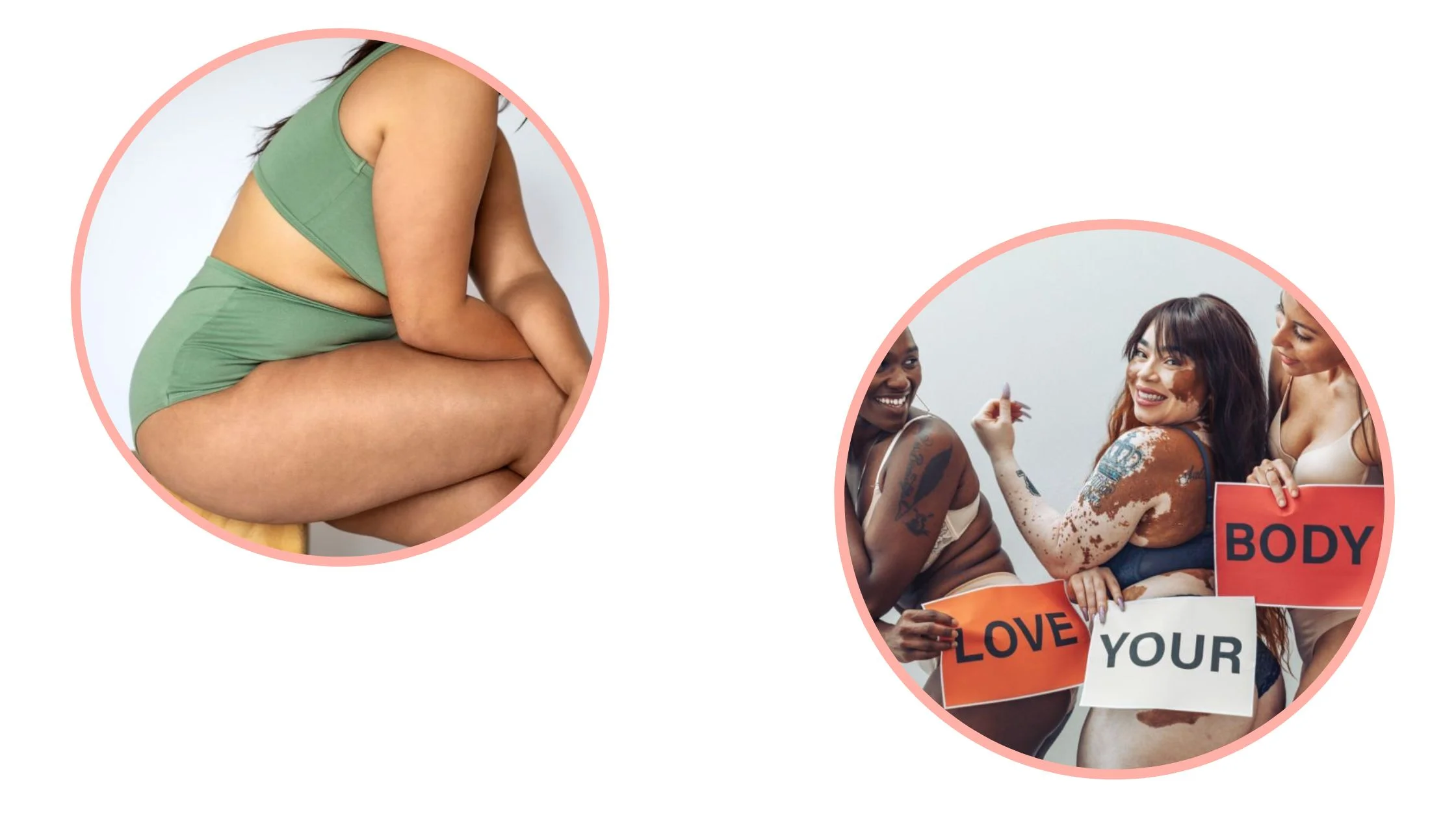
The struggles of having a negative body image can be tiring. It is at this stage, the need for practicing body positivity arises. There are many ways to practice body positivity. Some of these methods are listed below:
👉🏻Practice positive affirmations
One of the best ways to practice body positivity is through affirmations. Get into a habit of saying good things about yourself in the form of verbal encouragement and congratulatory notes. Or you can place somebody’s positive affirmations on a stick-it-on paper and paste it on the mirror. Even though practicing this can seem silly, it can work wonders.
👉🏻Ditch your weighing scale
If you are someone who keeps a weighing scale at home, get rid of that immediately. Weighing yourself can cause self-worth issues. The numbers on the scale are not the measurement of your worth.
👉🏻Aim for a healthy body
When you follow a diet or hit the gym, do not think about the fitness goal as a number on the weighing scale. Instead, focus on health as the outcome. Orient your lifestyle on attaining a healthy body and mind, instead of planning to reach a certain number on the scale.
👉🏻Build a support system
On many occasions having a support system can be beneficial. Try to spend time with people who support you and who encourage you to practice self-love. Do not spend much time on social media as studies show that platforms like these can increase the chances of having a negative body image.
👉🏻Do not compare your body with others
Often comparison is the main culprit that harnesses negative body image issues. One of the ways to practice body positivity is by stopping comparing yourself with others. Every person has a different kind of body and comparing your body with someone else’s is utterly illogical. So next time you do this, bring back your emotions and thoughts and stop comparing.
What Is Body Neutrality?
Body neutrality is a relatively recent movement that focuses on accepting your body as it is. Instead of urging people to love their bodies unconditionally, this movement goes with a middle ground. This means between the extreme cases of self-love towards the body and the hatred towards one, they urge to keep a middle ground.
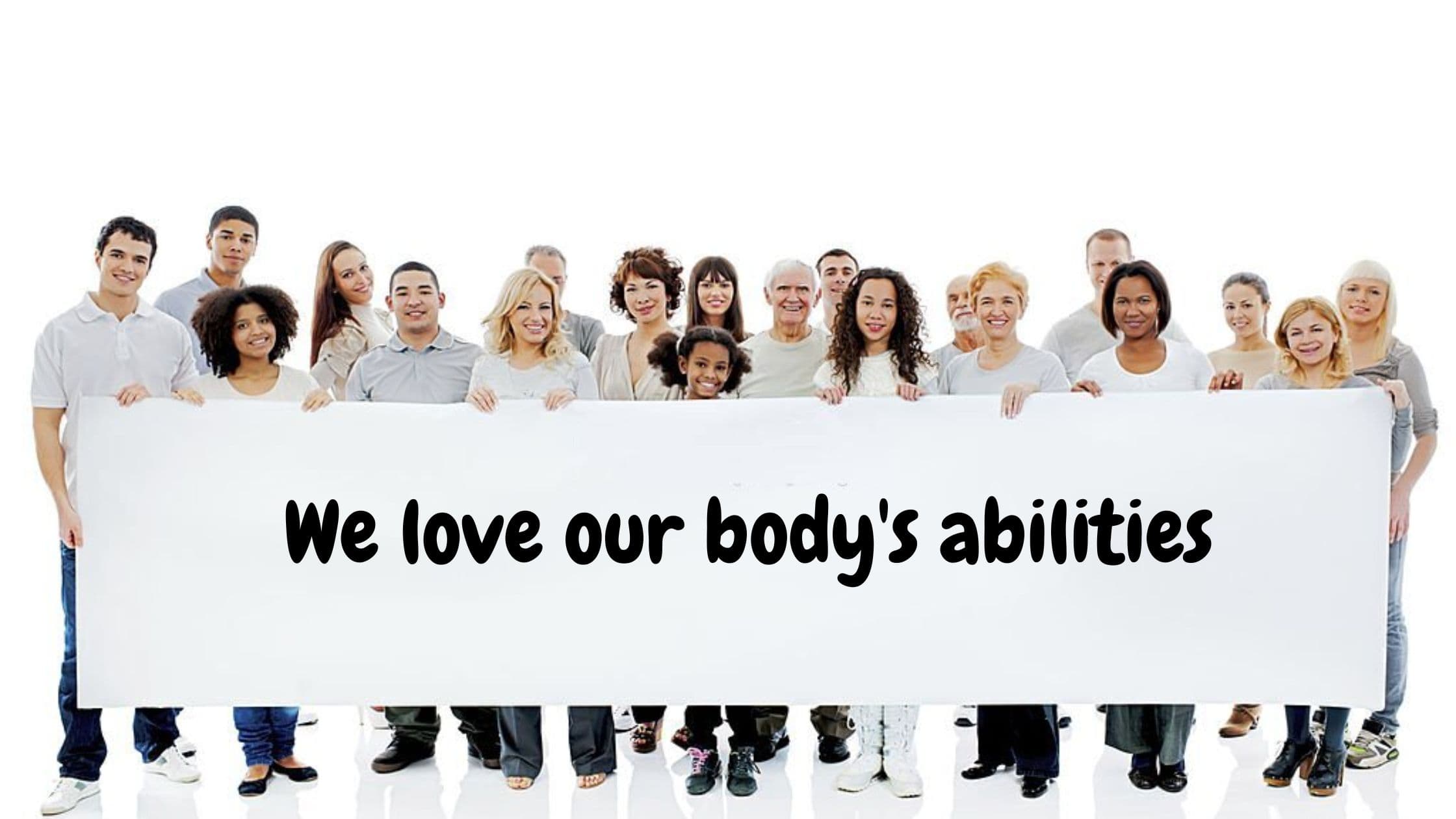
So instead of loving your body for its appearance, body neutrality advocates urge you to love it for the functions and utilities served by it. The advocates of body neutrality urge you not to ignore the imperfections of your body. Instead, they ask to accept it as it is and not to get focused on the outer appearance.
A brief history of the Body Neutrality Movement
The history of body neutrality started around 2015. It was through the activities of Anne Poirier, an eating disorder specialist this movement got further momentum. She urged her patients to follow a middle ground between body hating and body love.
So instead of celebrating the body for its appearance, she urged it to hail it for its functions. The approach set by Poirier was to keep a neutral attitude toward the body.
Ways To Practice Body Neutrality
There are many ways through which you can practice body neutrality. Some of these methods can disentangle yourself from keeping so occupied with the body’s concerns. Check out these methods that are guaranteed to harness a better body neutrality attitude in you.

👉🏻Become mindful of what you are eating
Instead of indulging mindlessly in eating, be a bit more mindful of what you are eating. Choose foods that can cater to your taste buds and also aid in digestion. Become more intuitive while eating and go with your gut instincts regarding when to stop or proceed.
👉🏻Acknowledge the characteristics of your body as it is
Body neutrality doesn’t mean that you need to disown your body. Instead, acknowledge its various characteristics. If they work well, acknowledge it. If any of your bodily functions are weak, acknowledge that too.
👉🏻Wear comfortable clothes
Go for clothing that feels good for you. Do not put much thought into how others will perceive you in this dress or that. If you find a dress comfortable for you, go on and wear it.
👉🏻Do not indulge in body talks
Avoid any kind of situation that demands you to engage in talks around the body. This might be a hangout with your friends where they will be elaborating on their flaws or detailing some other body aspects. Try maximum to not participate in such conversations where body image aspects are discussed.
👉🏻Enjoy your exercises
This can seem pretty hard, right? That is because you are tying your exercise to a specific goal. Instead of doing this, do exercises that you enjoy. You don’t need to always hit the gym and lift heavy weights for the sake of losing pounds. Go for swimming, dancing, or any other activity that can bring a smile to your face.
👉🏻Change your mindset
One of the critical methods of body neutrality is to question how you think about your body. So instead of asking yourself what you dislike about your body, ask what these organs are capable of doing. For example, if you don’t like your big belly, try thinking of it this way: it stores the food you eat and digests the food after. So you should be blessed to have a healthy stomach.
Body Positivity Vs Body Neutrality: What Are The Differences?
So on reaching this point, you might have realized that there are many differences between body positivity and body neutrality. Even though the terms might sound a bit similar, the meanings they convey are utterly different.
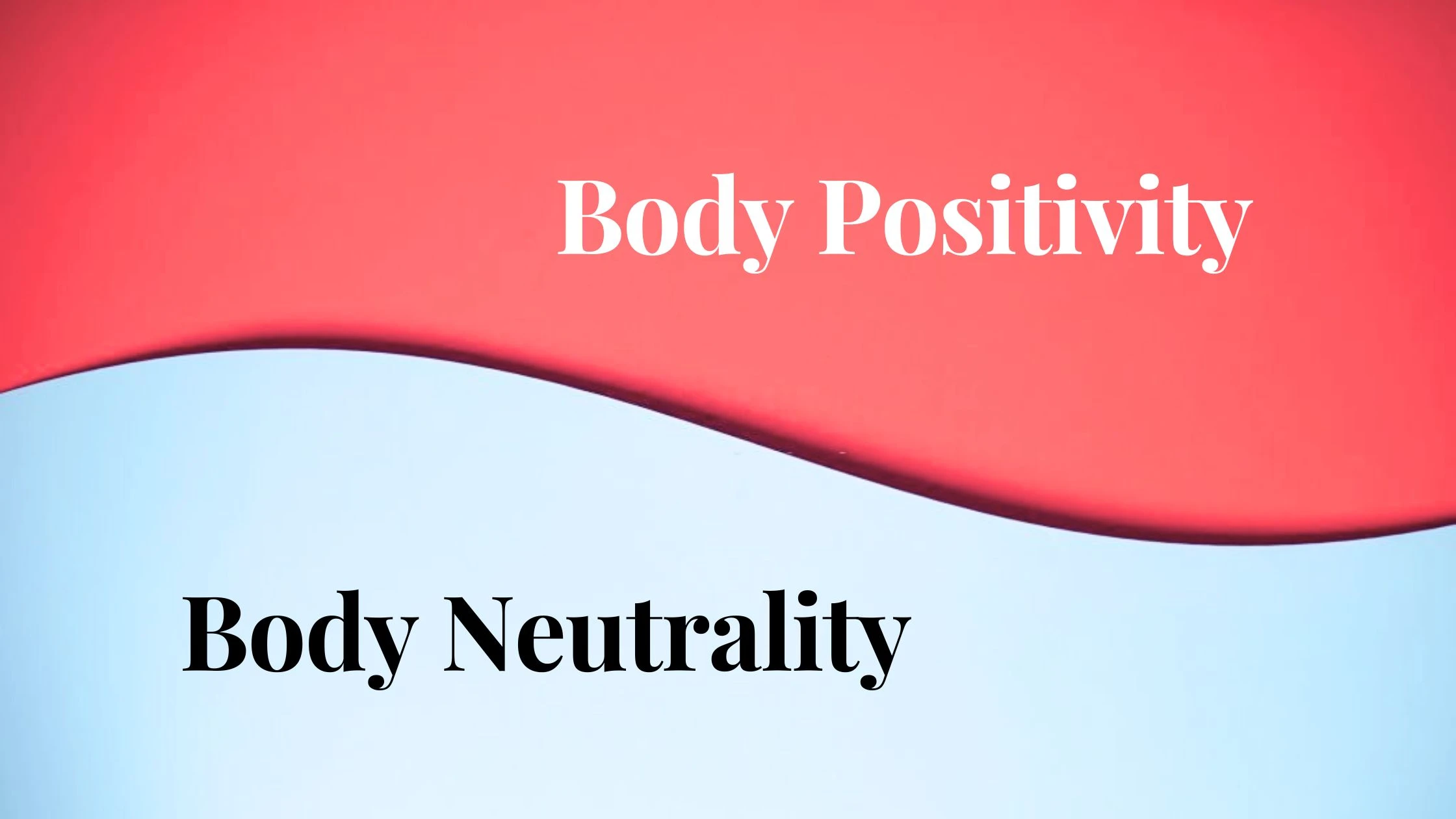
To make it more clear, here is a table detailing the differences between body positivity and body neutrality.
| Body positivity | Body neutrality |
| Accepting the body for its appearance. | Accepting the body for its functions. |
| Always acknowledging the body in day-to-day life. | Not focusing on the body much, especially in day-to-day lives. |
| Less realistic and practical for people. | More practical and realistic for people. |
| Might bring unwanted attention and too much focus on the body. | Doesn’t bring attention to the body as it urges to focus on its functionality. |
| Loving yourself includes appearance. | Loving yourself doesn’t mean appearance. |
| Exercise and diet for appearance. | Exercise and diet for enjoyment. |
What to choose: Body positivity or body neutrality?
On analyzing the major differences between body positivity and body neutrality movements, one thing is clear. The focus is on appearance. While body positivity advocates claim to accept one’s flaws based on appearance, body neutrality rejects to center around appearance.
More than how you look to others, body neutrality advocates for how your body helps in certain functions. There is no talk about appearance at all. Any sort of talk on external appearance is banned by body neutralists. So we have come to a point to decide which is better: body positivity or body neutrality?
Experts suggest that it is ideal to follow a dual approach regarding body acceptance. This means you can reap the benefits of both movements, body positivity, and body neutrality. While body positivity can help you accept your flaws and create a sense of inclusion, body neutrality can remove the pressure from your shoulders to focus on your appearance.
So it is wise to integrate the benefits from both these movements and follow a dual approach for better results.
Final Words
Many discussions are taking place around the terms body positivity and body neutrality. Even though the terms can seem similar, their meaning varies in many different ways. Body positivity as a movement started in the 1960s and advocated accepting the body as it is.
It is hailed to include every type of body regardless of color, shape, size, gender, and physical abilities. Body neutrality as a movement gained momentum around 2015. This movement advocates for not focusing on appearance and rather appreciating the body for its functionality.
While both movements have their pros and cons, it is ideal to choose a dual approach. Combining the benefits of both body positivity and body neutrality can help you to accept and love your body.


